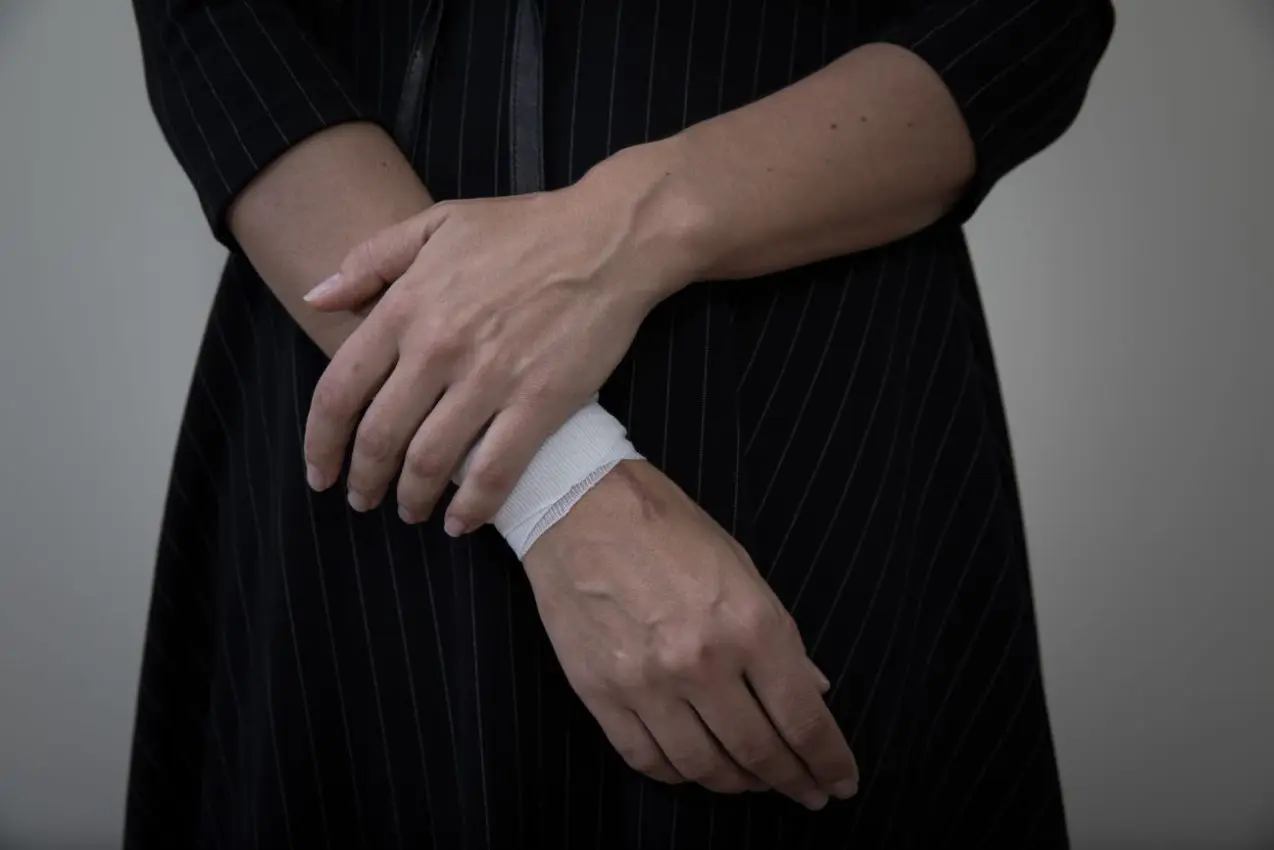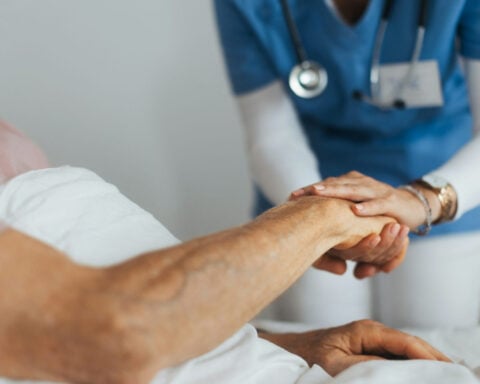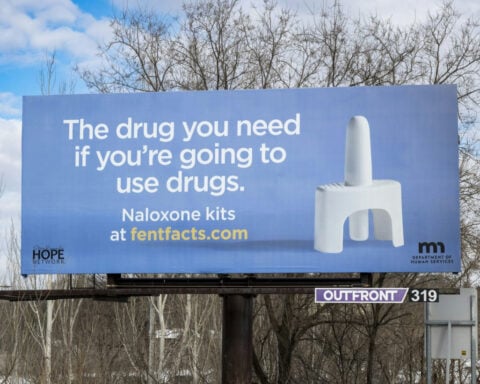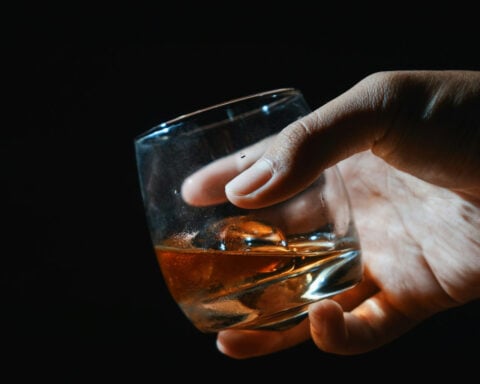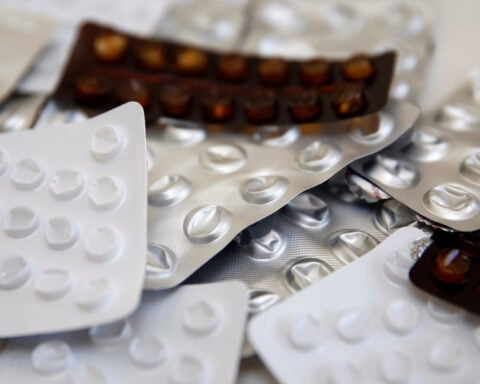There is a youth mental health disaster going on underneath the surface because of the alarming rise in self-harm among American teens in the past few years. As more parents deal with the heartbreaking news that their child is hurting themselves on purpose, fear, anger, and a lack of control are common emotions.
According to new information, up to 20% of teens now hurt themselves in some way, like cutting, burning, pulling out their hair, or something else. This scary number shows a big rise over the last ten years, which mental health professionals say is because of the stress of the pandemic, rising economic worries, school pressures, and too much time spent on social media.
Parents are very worried about their child's mental health when they find signs or tools of self-harm. When parents hear something so shocking, they often can't believe their child is hurting and want to hurt themselves. Others start to blame themselves and think about what they could have done differently as a parent to stop this from happening.
There is real fear that self-harm could lead to suicidal thoughts and actions underneath the pain. Researchers have found that teens who hurt themselves are over three times more likely to try to kill themselves than their friends who have never hurt themselves. Parents who worry that their child might hurt themselves fatally often can't sleep at night because of this harsh truth.
Feelings of anger and frustration are also common, whether directed at themselves, their child, or the outside influences seemingly driving this crisis. For some, there is resentment that today’s excessive academic loads and ultra-competitive college admissions have placed such intense pressure on kids. For others, anger simmers over the impact of social media and cyberbullying that leaving teenagers feeling isolated and distressed.
Helpless to fully grasp what their child is going through internally or powerless to alleviate their suffering immediately, many parents describe profound feelings of frustration. Not knowing how to support their child best or where to turn for help compounds this sentiment, leaving them on edge.
At the heart of this lies the agonizing disconnect between parent and child that self-harming behaviors represent. The fact that their child felt unable to come to them in a vulnerable moment and instead turned to self-destructive means of coping shakes the very foundation of trust. For many parents, feelings of failure, guilt, and self-blame emerge from wondering what they did wrong to have their child closed off to them so completely.
Restoring faith that their teen will confide in them again becomes a foremost priority. But the road to rebuilding trust and communication can feel long when met with resistance or refusal to open up from someone who feels misunderstood. When urgings to simply stop self-harming fail to elicit change, parents describe profound frustration over their powerlessness in getting through.
With self-injury carrying considerable taboo and stigma, many parents find themselves isolated in their experience, heightening distress. Some report fears over being judged as a parent for having a child who engages in culturally unacceptable coping behaviors. Many more agonize over shame or embarrassment if others beyond the family find out, concerned over the social consequences for their child if word spreads.
Undergirding so much of the emotional upheaval is the terrifying thought that self-harm could lead to accidental suicide. While the intention may be to inflict injury without dying, loss of too much blood or infection are very real risks over time. For parents trying desperately to keep their child safe, this thin line induces relentless anxiety. Stories of teenagers hospitalized from self-inflicted wounds or who ultimately take their own lives haunt those newly facing this reality.
As awareness grows that self-harm among teenagers reflects an adolescent mental health crisis spinning rapidly out of control, calls for societal-level action mount. But in the meantime, parents on the frontlines of this battle in their own homes feel they have nowhere to direct their building distress. Many describe unraveling under the weight of fearing for their child’s life, blaming themselves and their perceived failures as parents, agonizing over their powerlessness to fix this, and feeling unable to even voice their struggles without judgment.
Data on the prevalence of self-injury suggests it impacts youth across all demographics - spanning economic backgrounds, race, gender and geography. However, marginalized groups including LGBTQ teens and those in the foster care system demonstrate higher rates in research studies. This indicates that existing mental health disparities and lack of access to support resources in underserved communities may further feed into risk factors.
Though cases exist nationwide, dense population centers on the east and west coasts are seeing sharp climbs within their adolescent populations. Major cities like New York, Los Angeles and Miami report that a staggering 30% of their teenage residents now actively self-harm - a crisis proportion demanding urgent response.
While research hasn't yet isolated definitive cause and effect when it comes to rising teen mental health challenges, academics point to the mounting pressures borne by today's youth as a breaking point for many. Where past generations enjoyed free play and later curfews, teenagers now face crammed schedules packed with advanced coursework, extracurriculars and the ever-looming pressure to pad college applications. The high expectations set on kids to excel has collided with turbulent pandemic years that introduced social isolation, disruption and uncertainty right during pivotal development stages.
Excessive social media use also enters the discourse frequently concerning self-injury drivers. Studies demonstrate an association between long hours online and poor mental wellbeing in youth. Being constantly flooded by images promoting impossible beauty ideals along with the highlight reels of their peers' lives fuels a distorted sense of self in relation to others for teenagers. When emerging identities and self-worth then get tied to the validation of others through comments, shares and likes, the door opens for deteriorating mental health and self-punishing behaviors in the face of criticism.
For parents on the frontlines though, pinpointing causes offers little relief when their child already actively hurts themself. In those terrifying moments of confrontation, practical solutions take priority over theoretical root factors. But here too families slam against systemic barriers that leave them feeling helpless. With psychiatrist shortages nationwide and waiting lists that stretch for months, many have no choice but to watch their child continue suffering in absence of treatment. Those in underserved areas face even longer odds of accessing care when few community resources exist.
Until wider-ranging supports step in, parents have little choice but to weather this crisis largely alone at home. For most, simply bringing voice to the chaotic emotions they experience remains a distant prospect in light of the pervasive stigma surrounding teenage self-harm. And so their suffering continues silently stacked atop that of the youth enduring this troubling affliction.

 Trump has begun another trade war. Here's a timeline of how we got here
Trump has begun another trade war. Here's a timeline of how we got here
 Canada's leader laments lost friendship with US in town that sheltered stranded Americans after 9/11
Canada's leader laments lost friendship with US in town that sheltered stranded Americans after 9/11
 Chinese EV giant BYD's fourth-quarter profit leaps 73%
Chinese EV giant BYD's fourth-quarter profit leaps 73%
 You're an American in another land? Prepare to talk about the why and how of Trump 2.0
You're an American in another land? Prepare to talk about the why and how of Trump 2.0
 Chalk talk: Star power, top teams and No. 5 seeds headline the women's March Madness Sweet 16
Chalk talk: Star power, top teams and No. 5 seeds headline the women's March Madness Sweet 16
 Purdue returns to Sweet 16 with 76-62 win over McNeese in March Madness
Purdue returns to Sweet 16 with 76-62 win over McNeese in March Madness
